Frequently Asked Questions
1. Why is knife sharpening important for home chefs?
2. What are some basic terms related to knife sharpening?
3. What techniques can I use to sharpen my knives at home?
4. How can I maintain my sharpened knives?
5. What common mistakes should I avoid when sharpening knives?
Knife sharpening is an essential skill for any home chef. Maintaining the sharpness of your Chef Knives & Sets not only ensures precision in cooking but also enhances safety and efficiency in the kitchen. In this comprehensive guide, we'll explore various knife sharpening techniques that can help elevate your culinary game. Whether you’re a seasoned professional or a budding home chef, mastering these techniques will keep your knives in optimal condition.
Understanding the Importance of Sharp Knives
A sharp knife is often deemed more effective than its dull counterparts. Here are a few reasons why maintaining your Chef Knives & Sets in top shape is crucial:
- Precision: Sharp knives make for cleaner cuts, allowing for uniformity in your cooking.
- Safety: A dull knife requires more force to cut through food, increasing the chance of slips and accidents.
- Efficiency: With sharp knives, you can speed up your cooking process, saving valuable time.
Basic Knife Sharpness Terminology
Before diving into sharpening techniques, it’s helpful to familiarize yourself with some common terms:
- Bevel: The angled edge of the blade that determines how the knife cuts.
- Angle: The degree at which you sharpen your knife. Most knives have angles between 15-20 degrees.
- Honing: Aligning the edges of the blade, rather than removing material.
Sharpening Techniques for Home Chefs
1. Using a Whetstone
The whetstone is a traditional and highly effective tool for sharpening Chef Knives & Sets. Here’s a step-by-step guide on how to use it:
- Preparation: Soak the whetstone in water for about 10-15 minutes. This helps to create a slurry, which assists in the sharpening process.
- Determine the Angle: Hold your knife at a consistent angle (around 15-20 degrees) to ensure even sharpening.
- Sharpen the Blade: Starting at the heel of the blade, use smooth, even strokes, moving toward the tip. Alternate sides after several strokes.
- Rinse & Dry: Once satisfied with the sharpness, rinse the knife with water and dry it thoroughly.
2. Employing a Sharpening Steel
Using a honing steel is an effective way of maintaining your Chef Knives & Sets between full sharpenings. Here’s how you can utilize it:
- Holding the Steel: Grip the steel vertically with the tip on a sturdy surface.
- Positioning the Knife: Hold the knife at a 15-20 degree angle against the steel.
- Honing the Blade: With light pressure, draw the blade down the steel from top to bottom, alternating sides with each stroke.
3. Electric Knife Sharpeners
If you're looking for convenience, electric knife sharpeners offer quick results without the need for elaborate techniques. Follow these simple steps:
- Read Instructions: Always check the manufacturer’s instructions to ensure proper use.
- Feed the Knife: Insert the blade into the sharpening slot, making sure it aligns correctly.
- Start the Machine: Turn on the sharpener and let it do the work; pull the knife through according to the specified time or slots.
Keeping Your Knives Sharp: Maintenance Tips
Potential issues can easily arise if you neglect your knives. Here are some tips to help maintain your Chef Knives & Sets:
- Hone Regularly: Use a honing steel before using your knives. This can help keep them aligned and sharp.
- Store Properly: Avoid throwing your knives into drawers. Instead, use a magnetic strip, knife block, or protective sleeves.
- Wash Carefully: Hand wash your knives and avoid the dishwasher to preserve the blade and handle.
Common Mistakes to Avoid
Here are some common pitfalls home chefs should avoid when sharpening knives:
- Incorrect Angle: Maintaining a consistent angle is critical for effective sharpening. Using the wrong angle can damage the blade.
- Over-sharpening: Frequent sharpening can lead to excessive material removal, shortening the lifespan of your Chef Knives & Sets.
- Neglecting Honing: Many believe that sharpening and honing are the same; honing should be done regularly to keep your knife's edge aligned.
Advanced Techniques for the Enthusiasts
1. Japanese Water Stones
For those wanting to delve deeper into the art of sharpening, Japanese water stones can provide a superior edge. They come in various grits:
- Coarse Grit: Used for reshaping dull blades.
- Medium Grit: Ideal for general sharpening, refining the edge.
- Fine Grit: Used for polishing the edge, offering a razor-sharp finish.
2. Freehand Sharpening
This technique requires skill and practice to maintain control while sharpening. Here’s how you can get started:
- Positioning: Start with a properly leveled whetstone and ensure your knife is secure in your hand.
- Maintain Angles: Focus on keeping a consistent angle, relying on your sense of touch and vision.
- Practice: Freehand sharpening can take some time to perfect, so don't rush the process.
Final Thoughts on Knife Sharpening Techniques
Being adept at knife sharpening techniques is a game changer for every home chef. Not only does it improve culinary precision, but it also enhances overall kitchen safety. Whether you opt for whetstones, honing steels, or advanced techniques, the key to mastering these skills lies in practice, care, and attention to detail. With a routine of honing and timely sharpening, your Chef Knives & Sets will continue to serve you well for years, making each cooking experience all the more enjoyable. Embrace these techniques and transform your kitchen into a haven for culinary creativity!


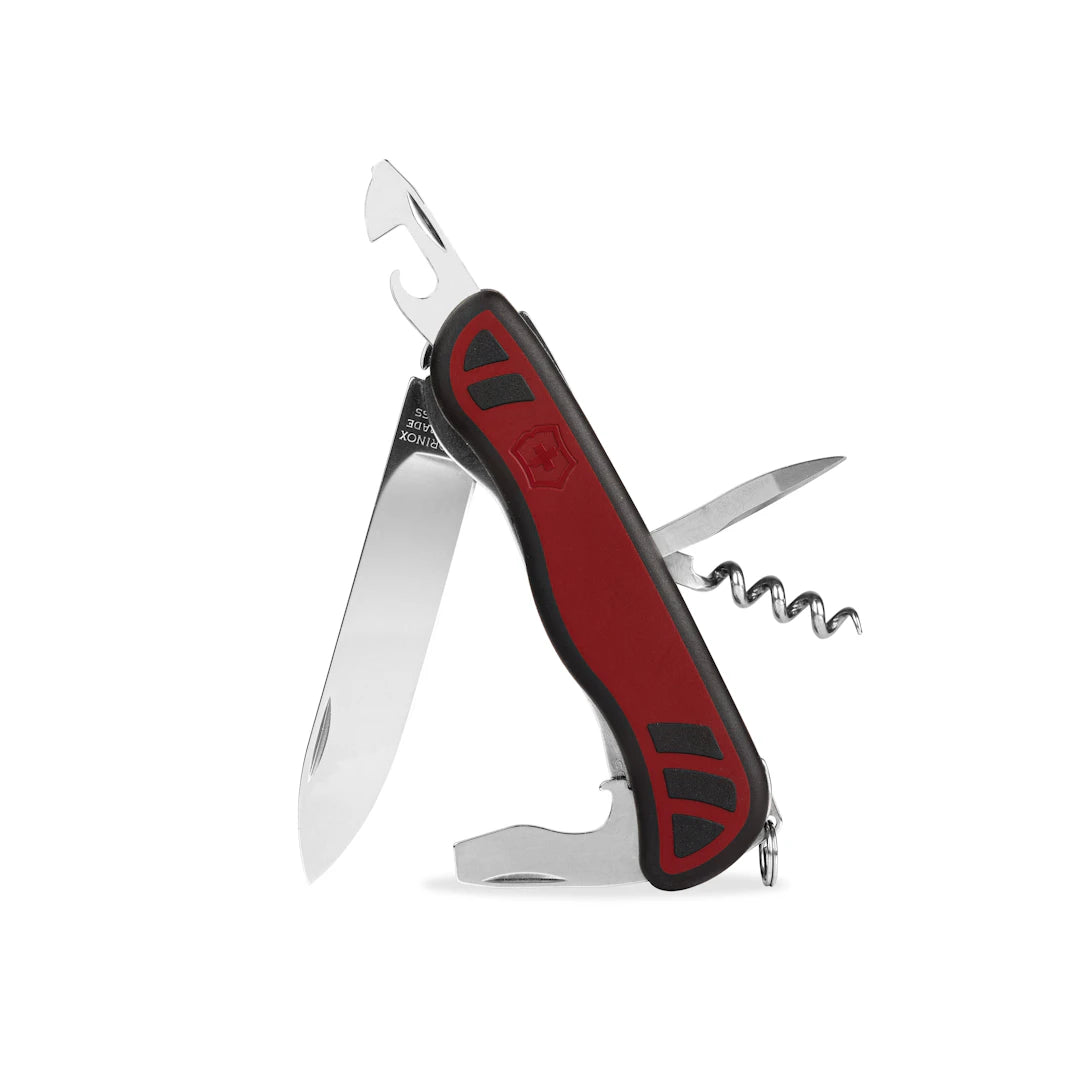
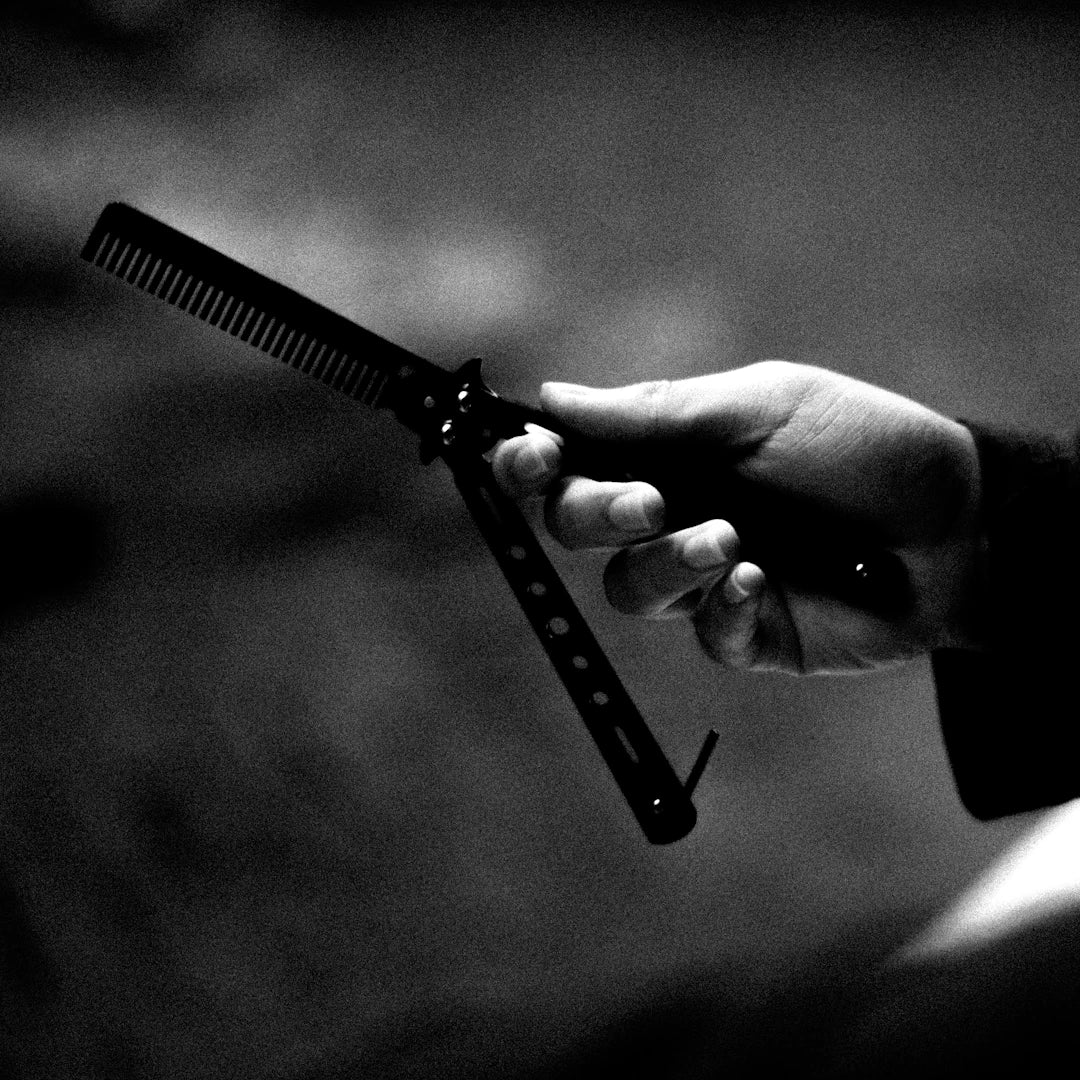
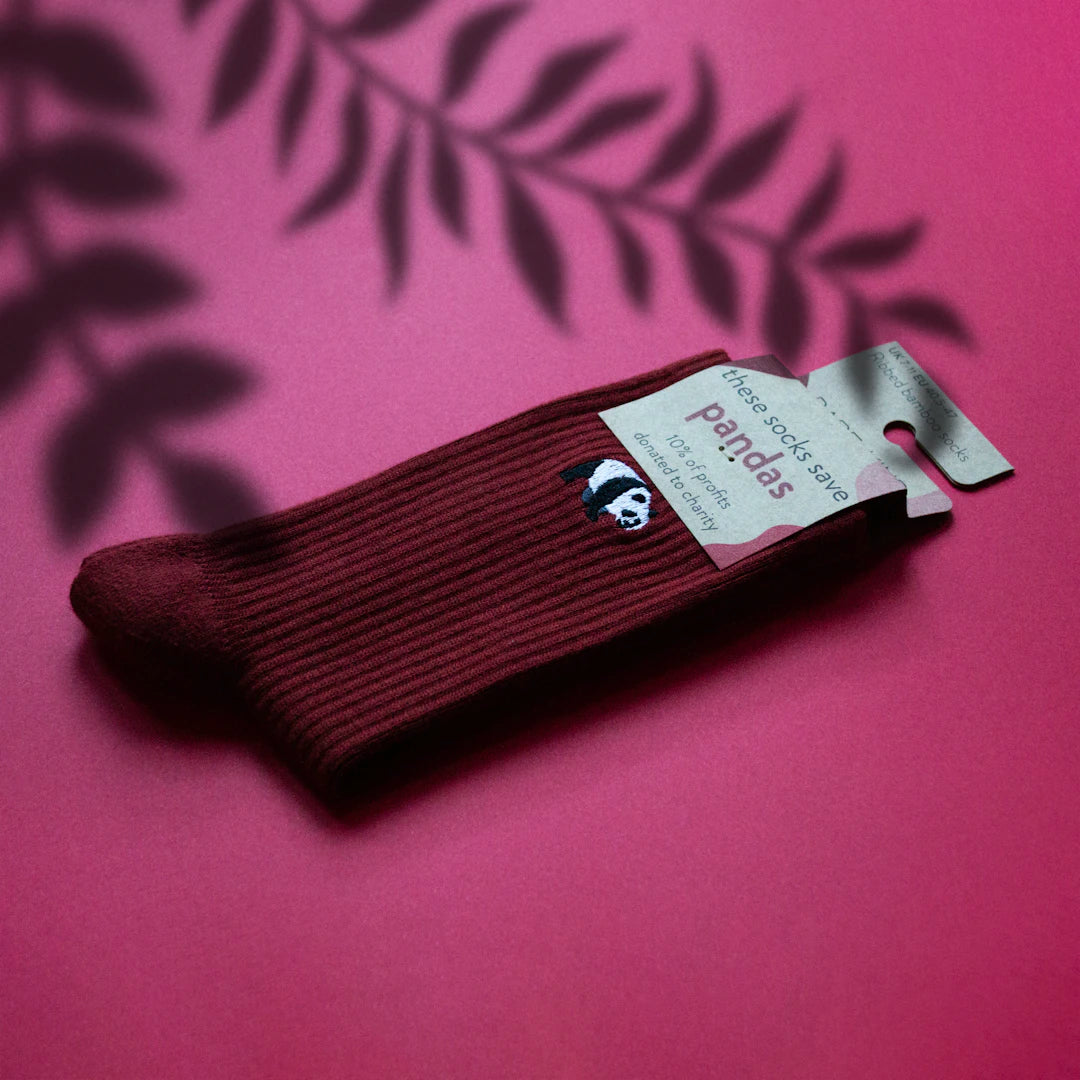

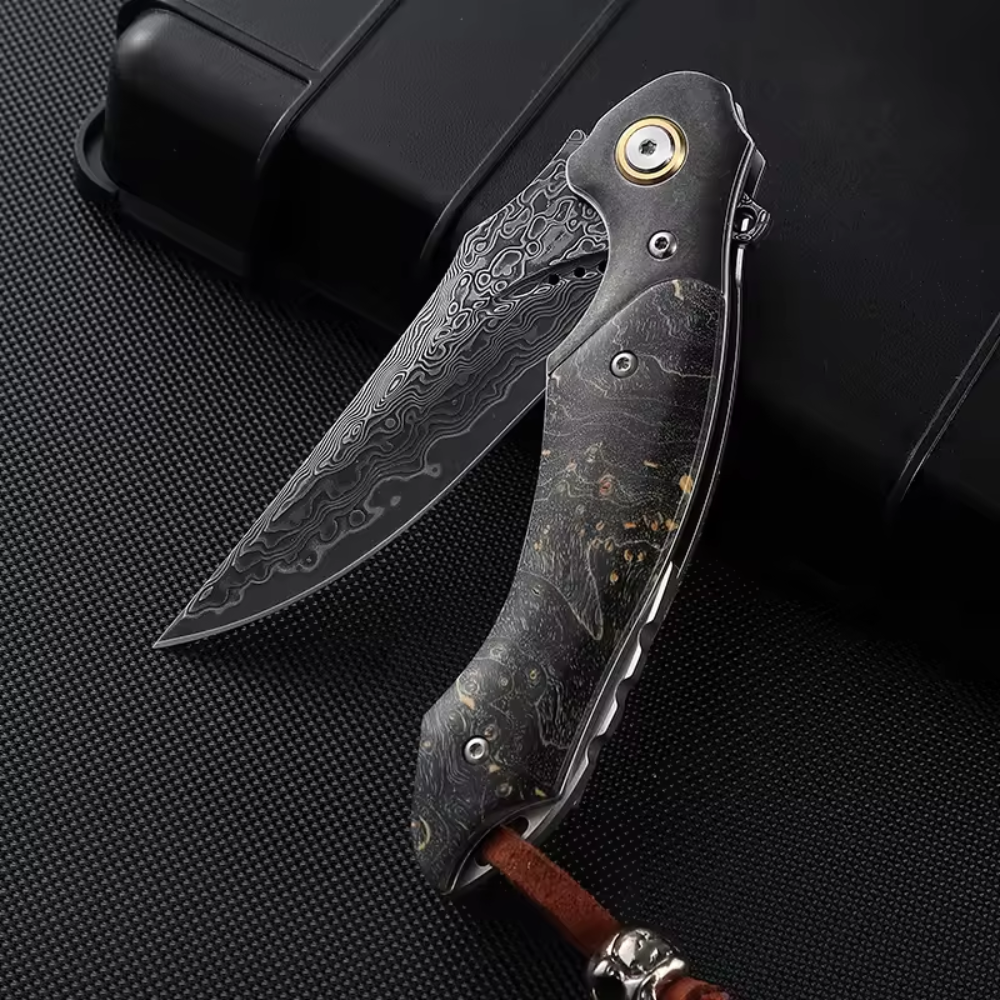
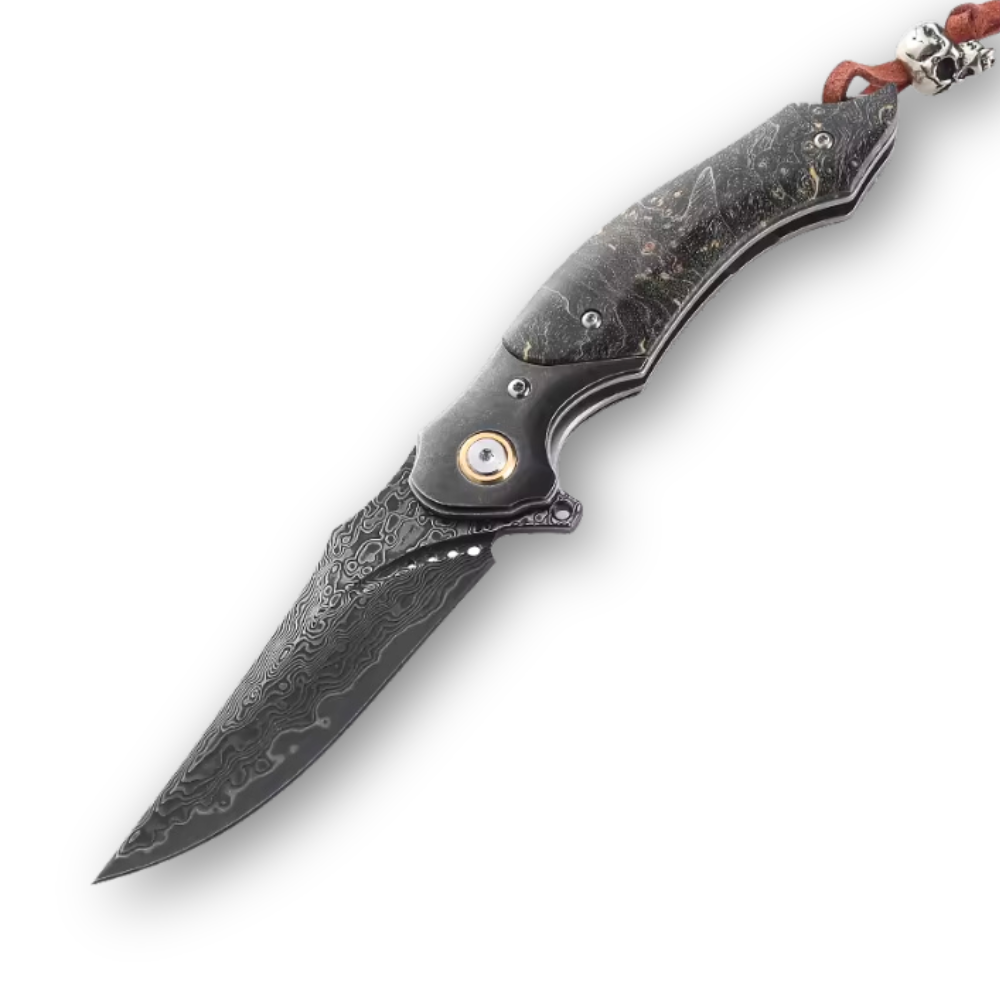
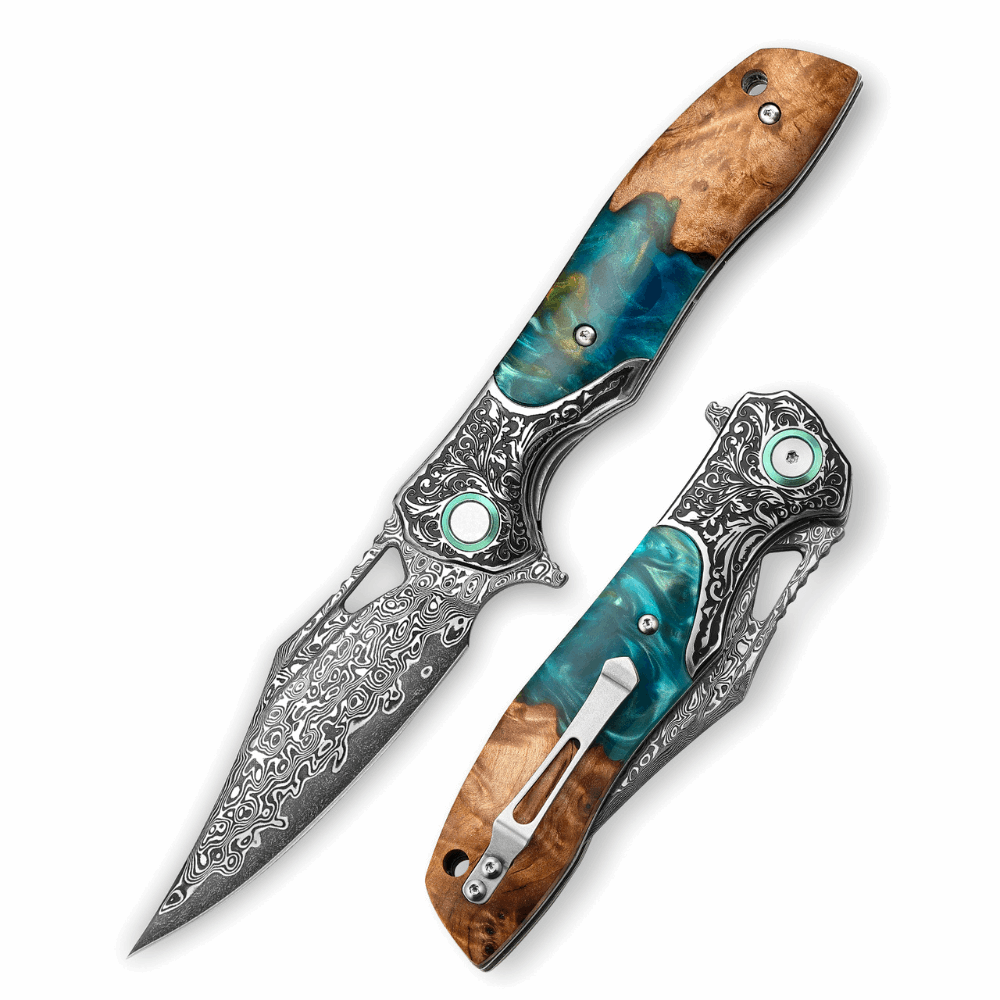
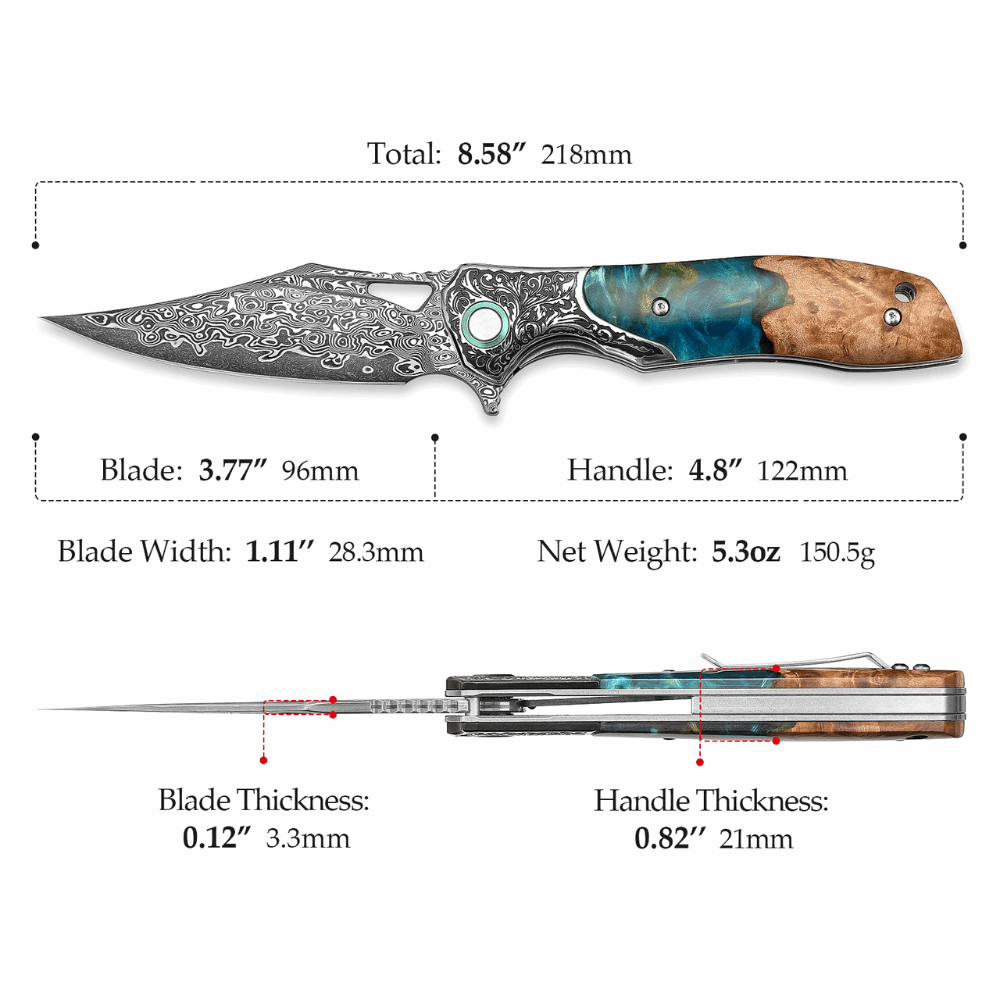
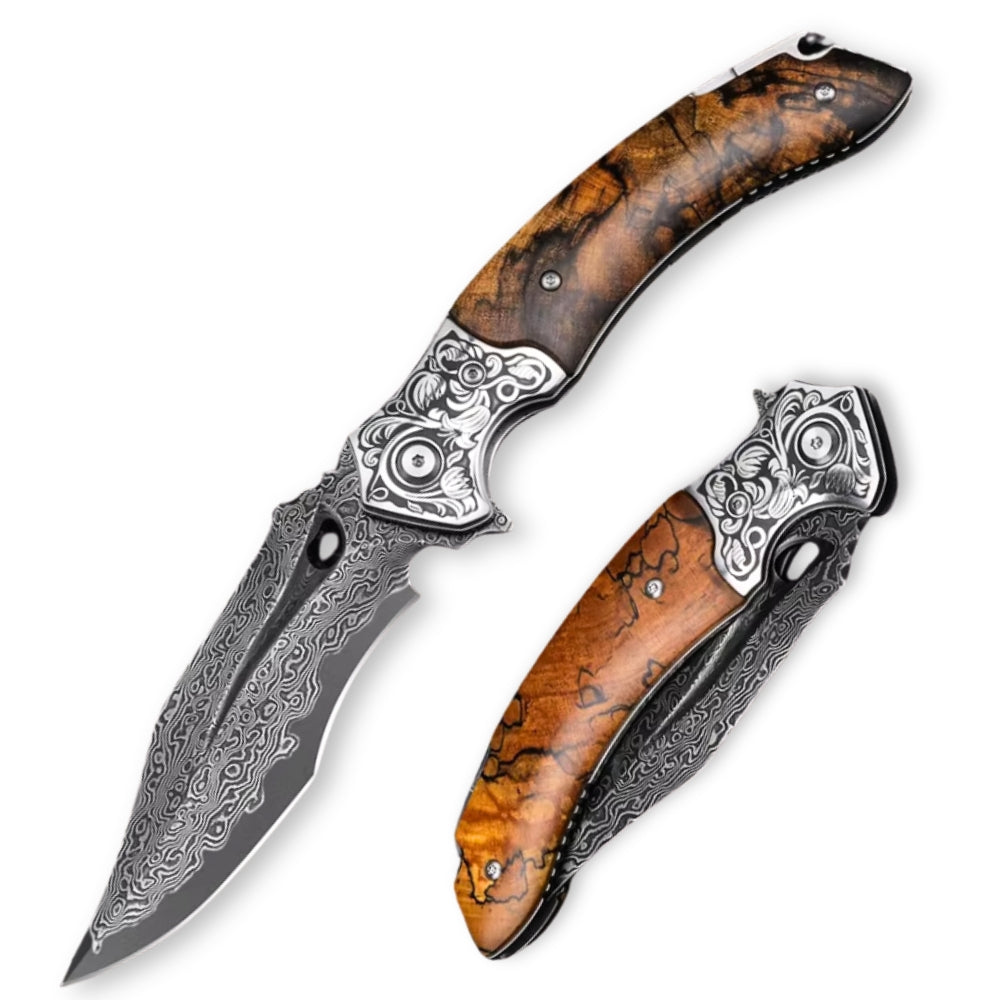
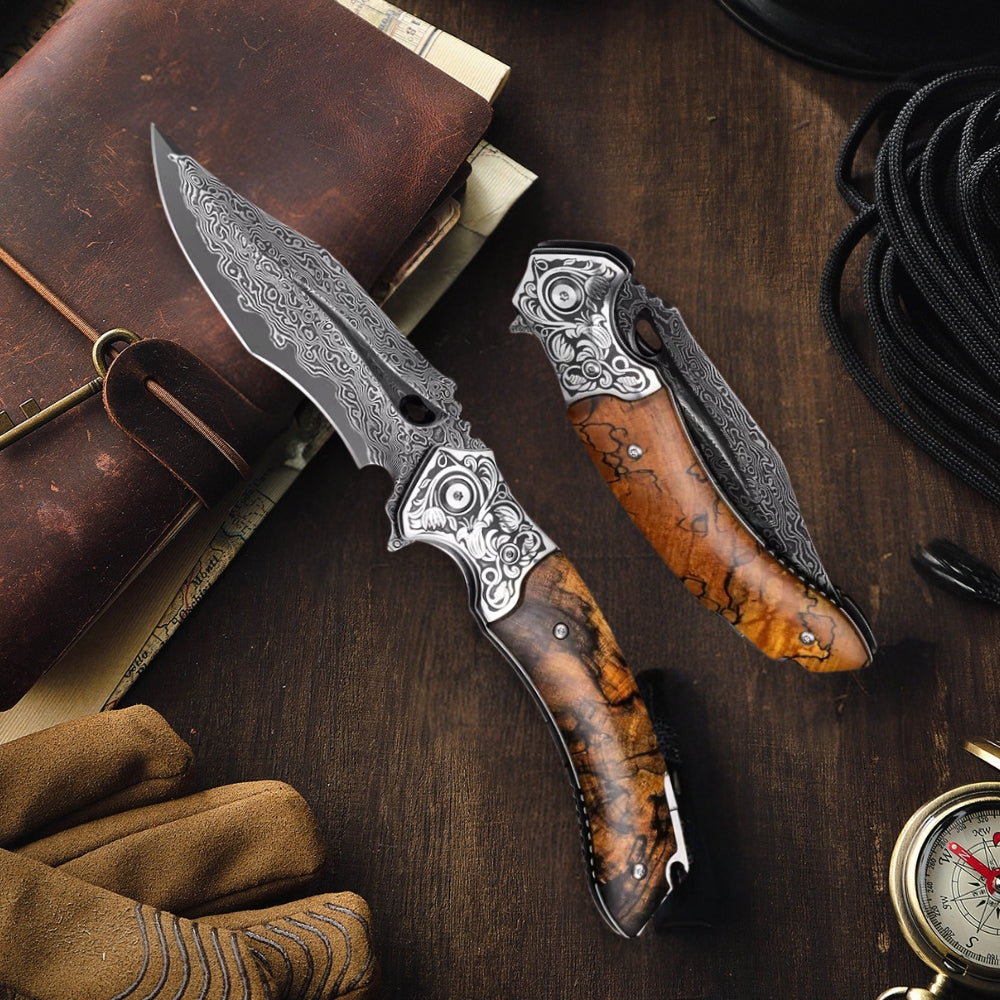
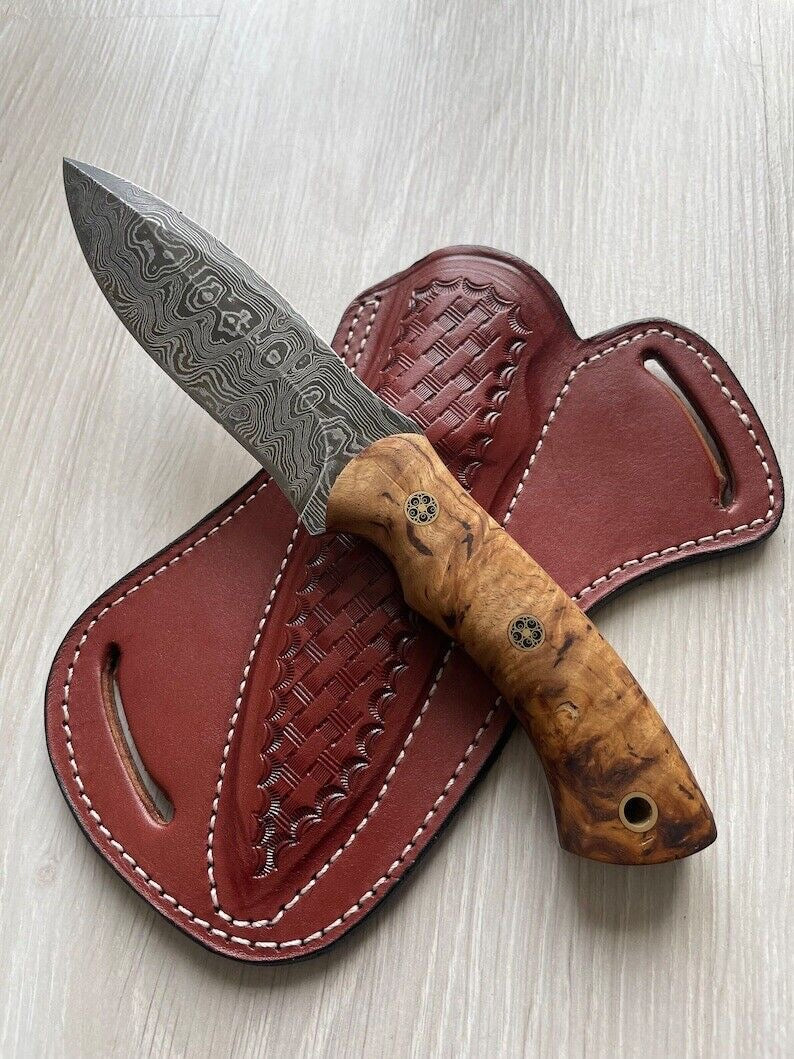
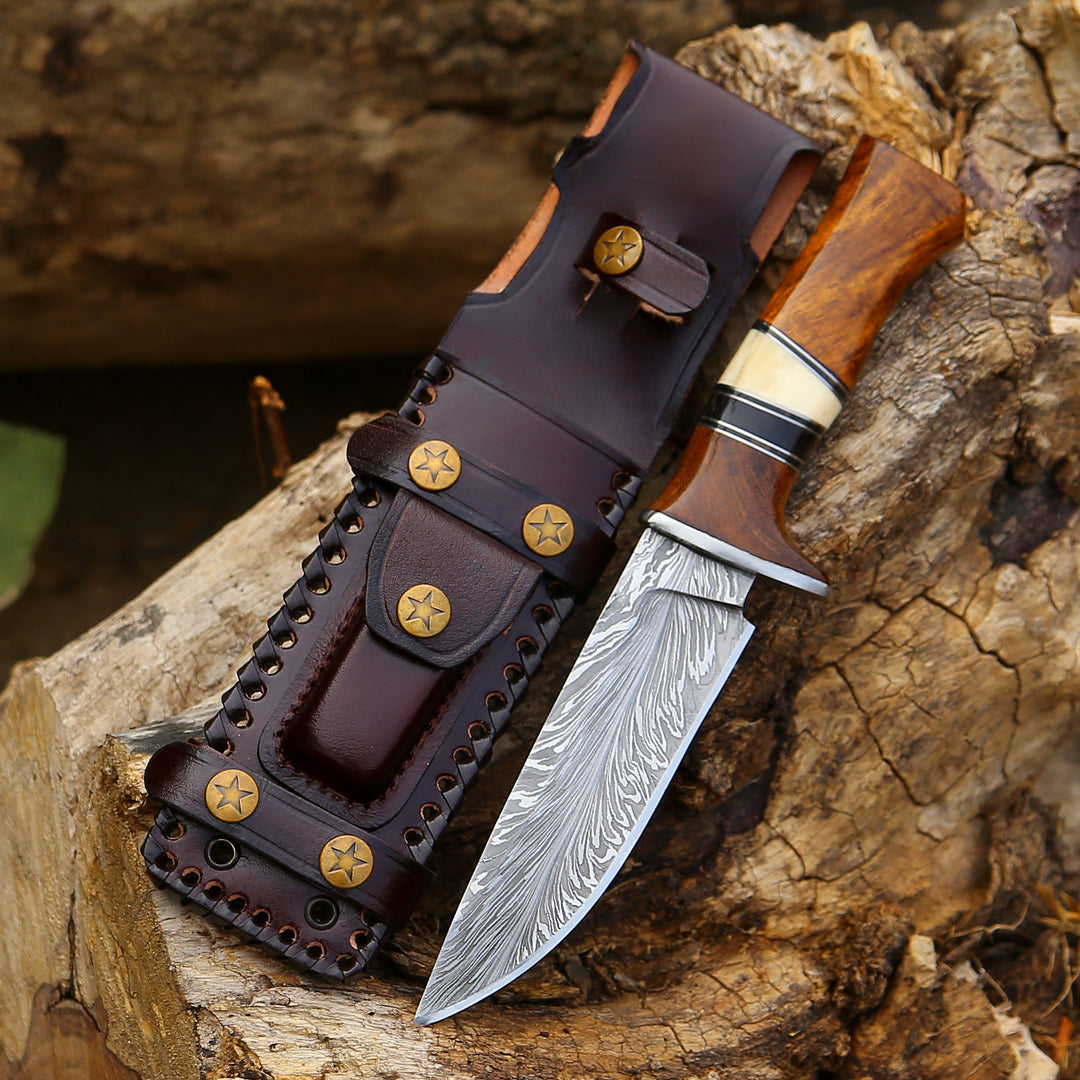
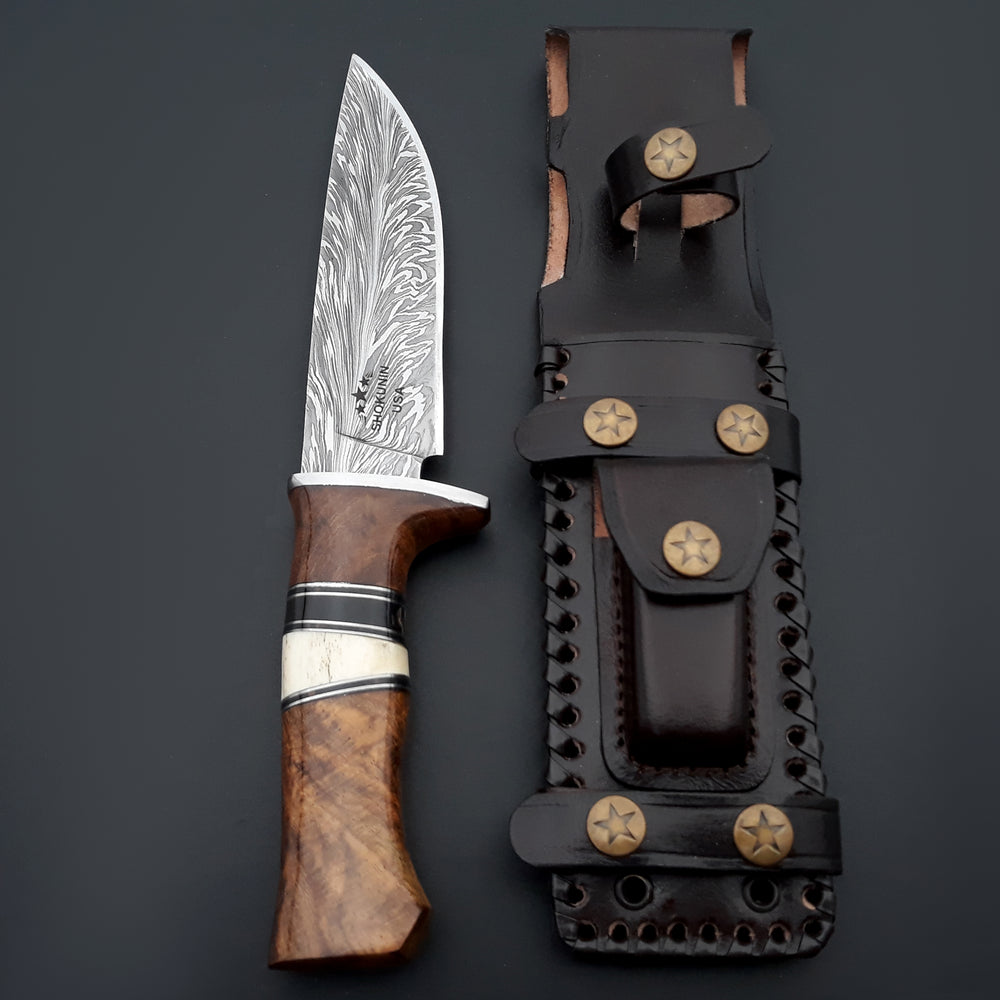
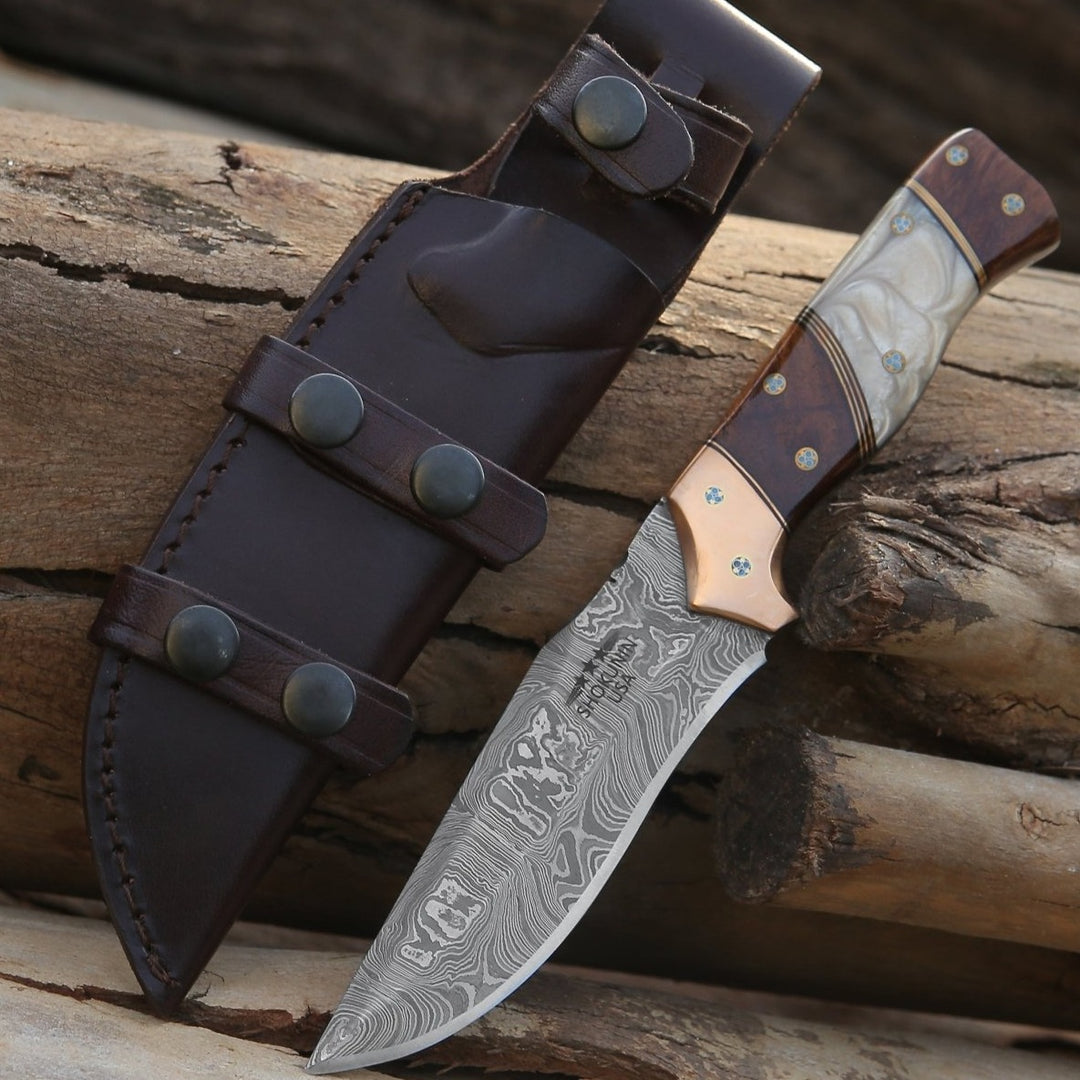
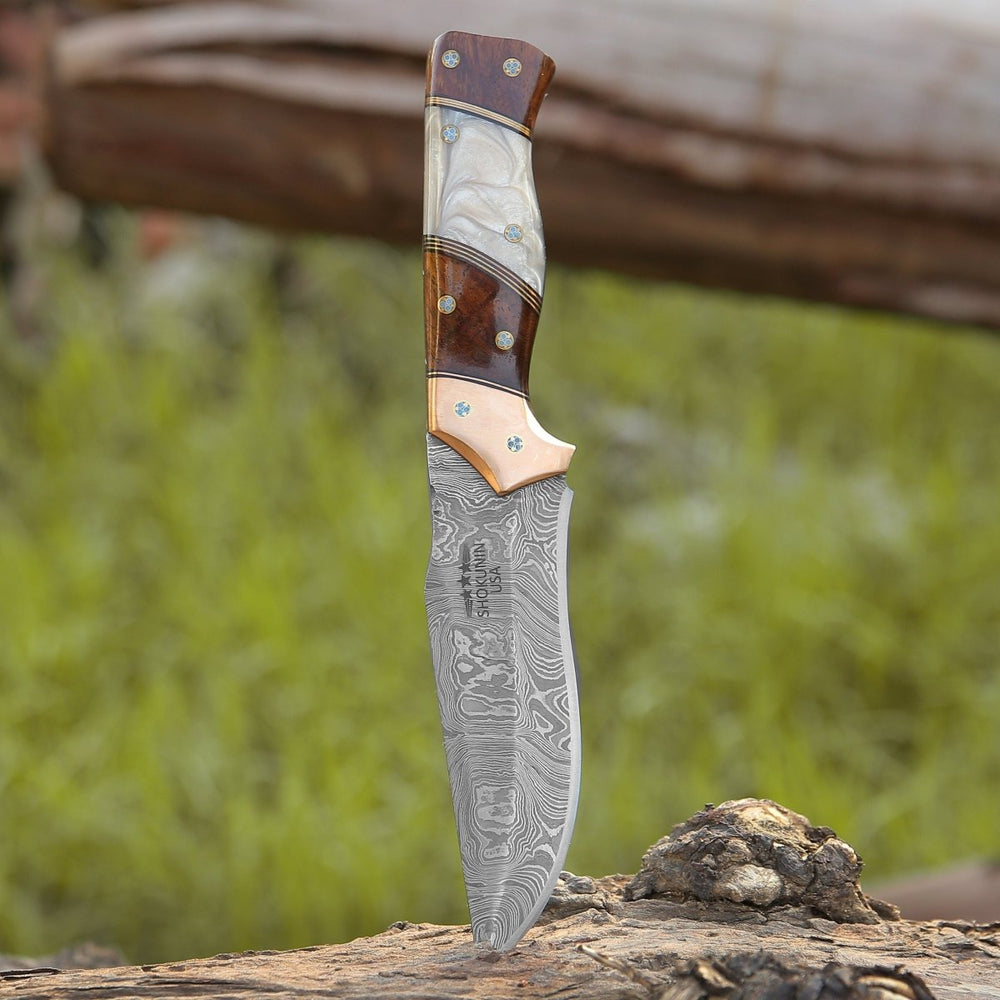
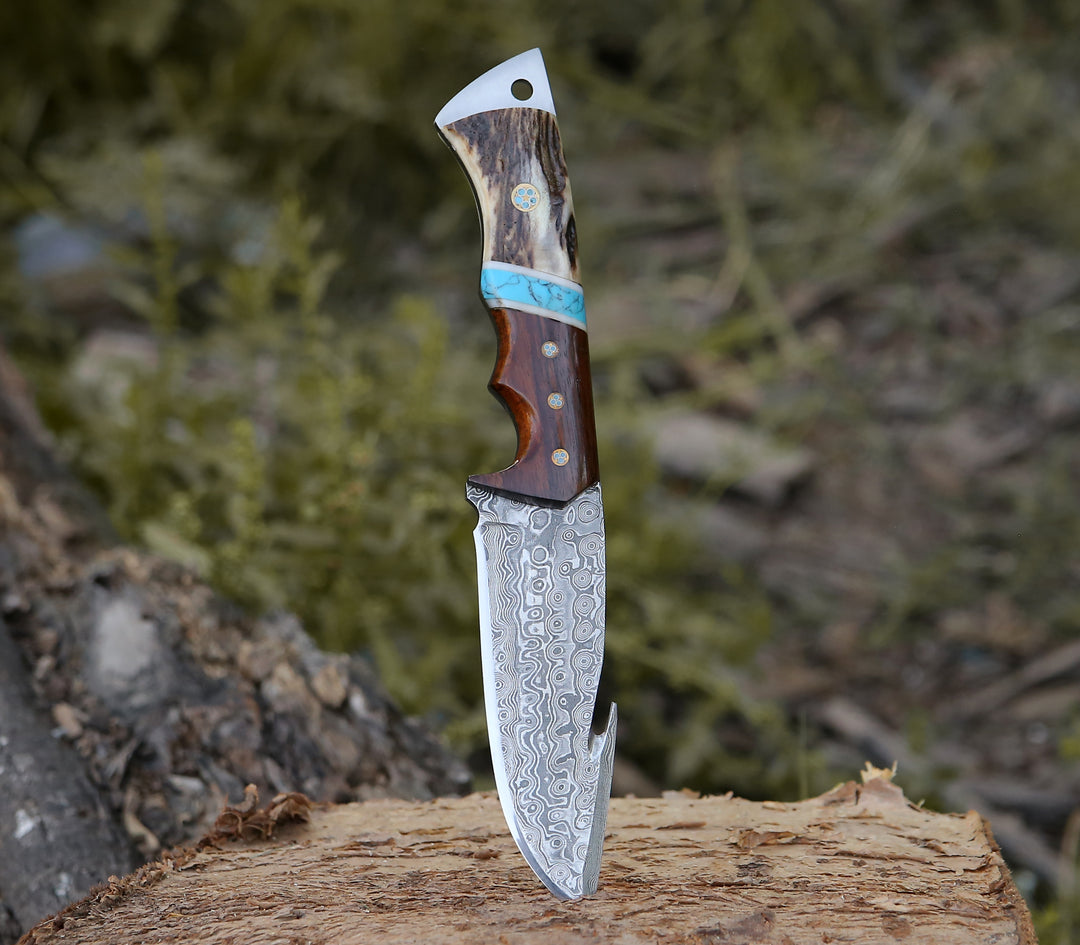
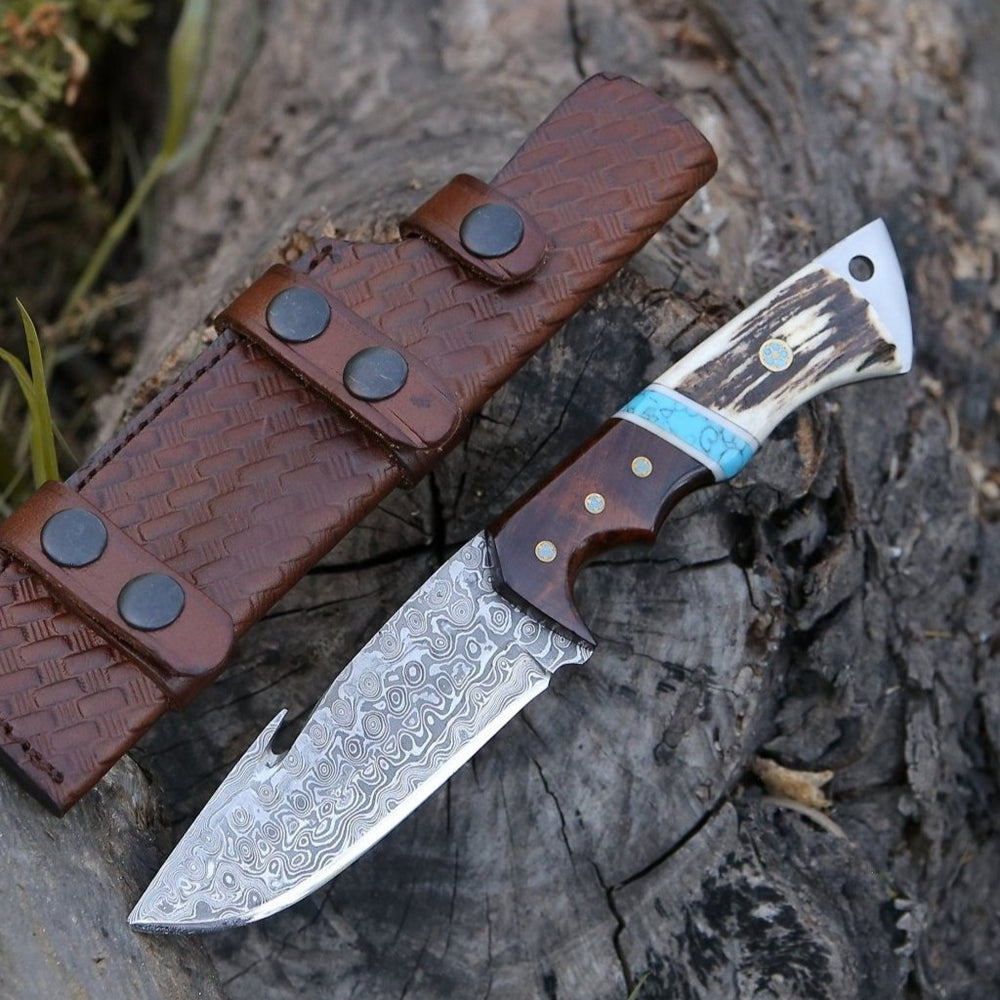
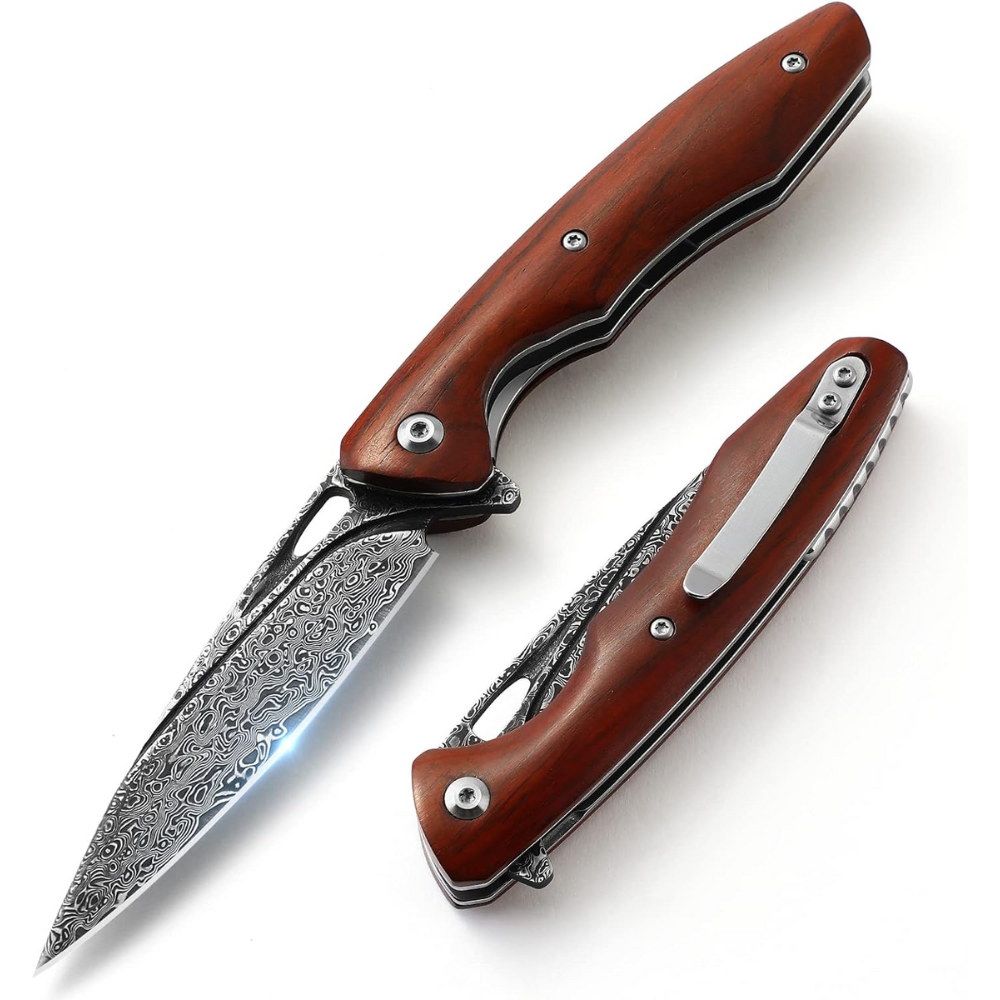
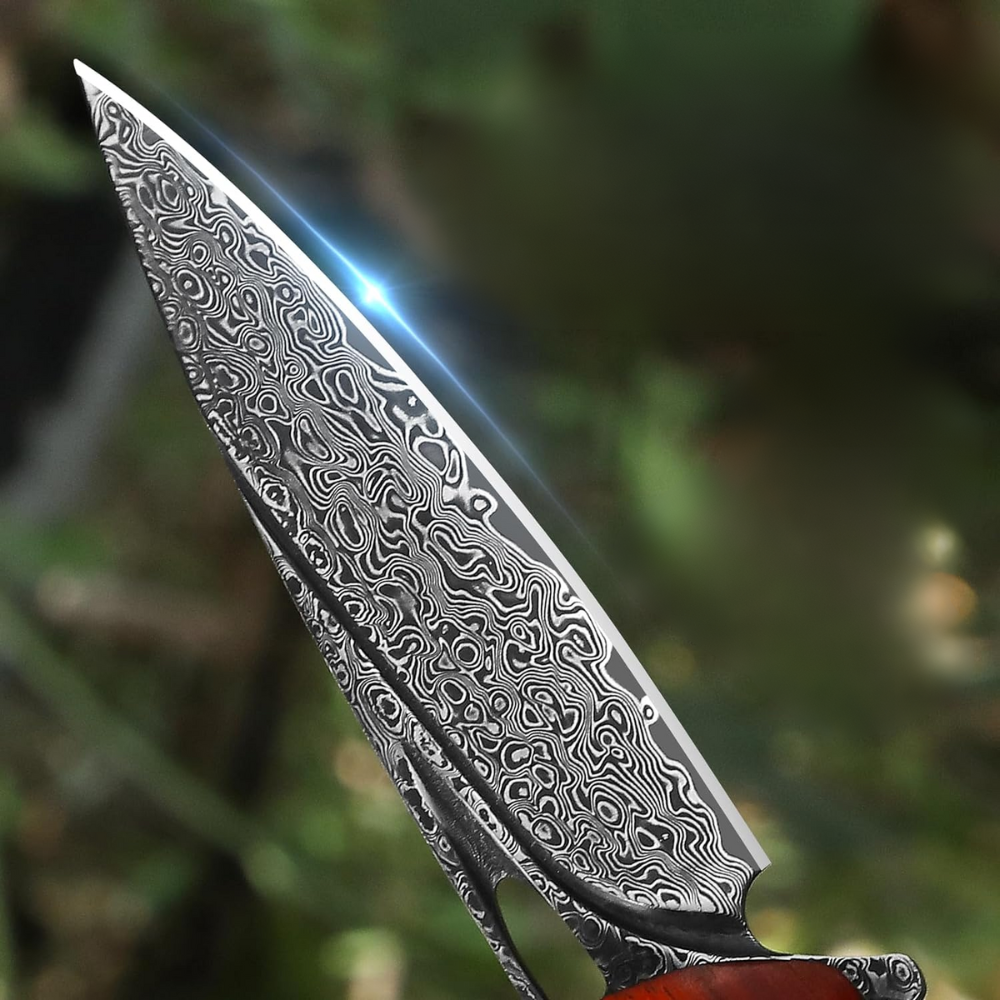

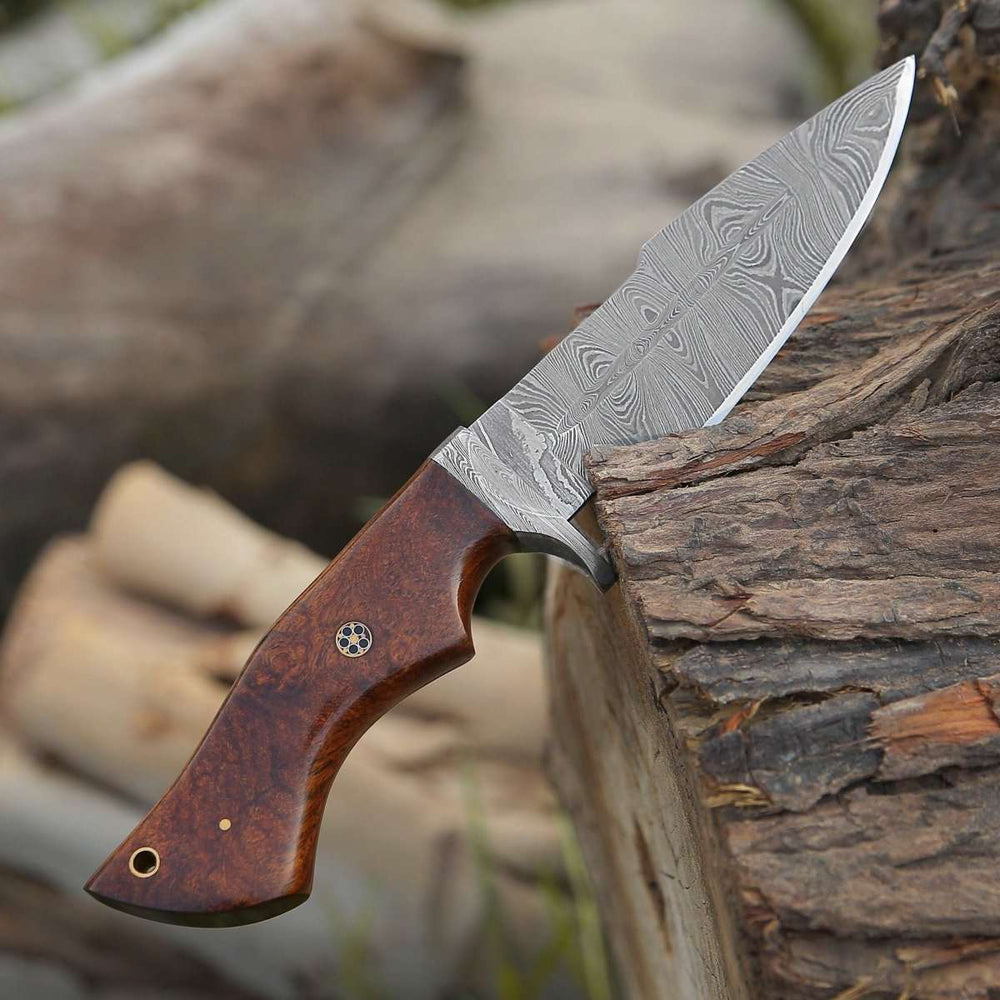
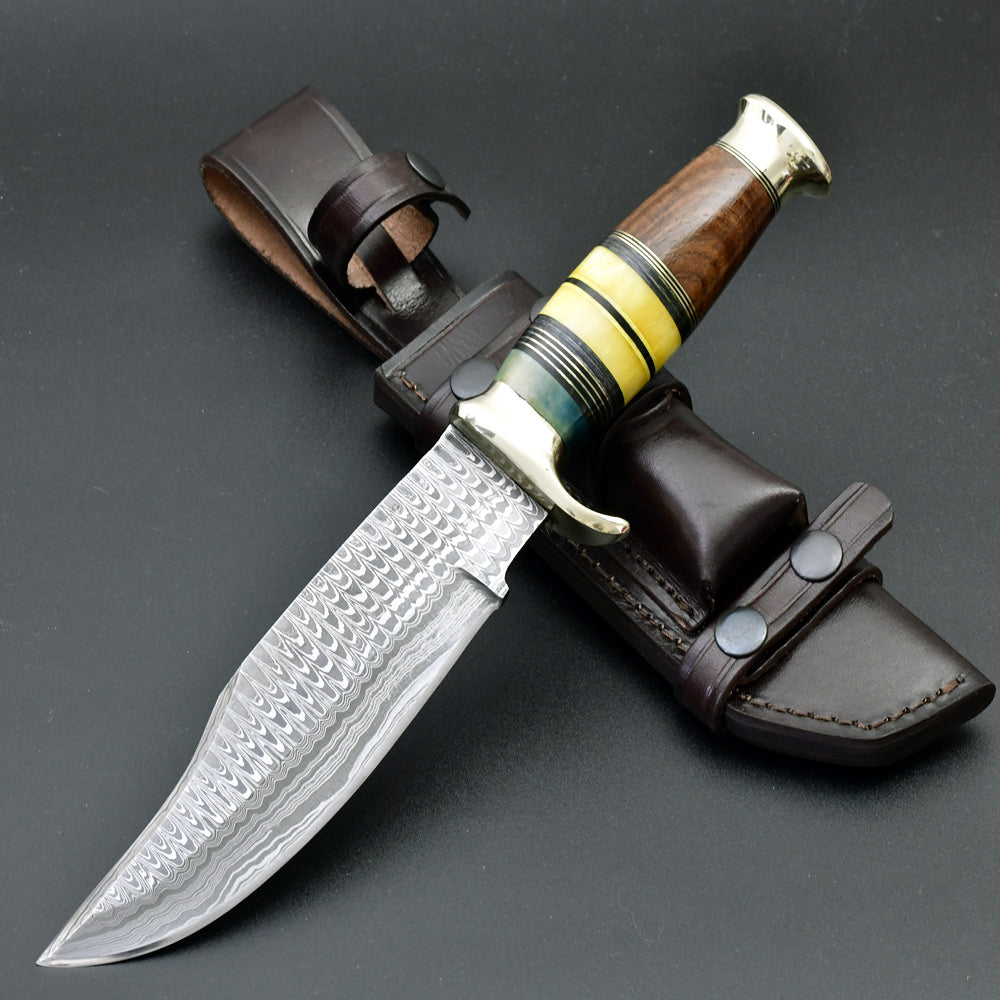
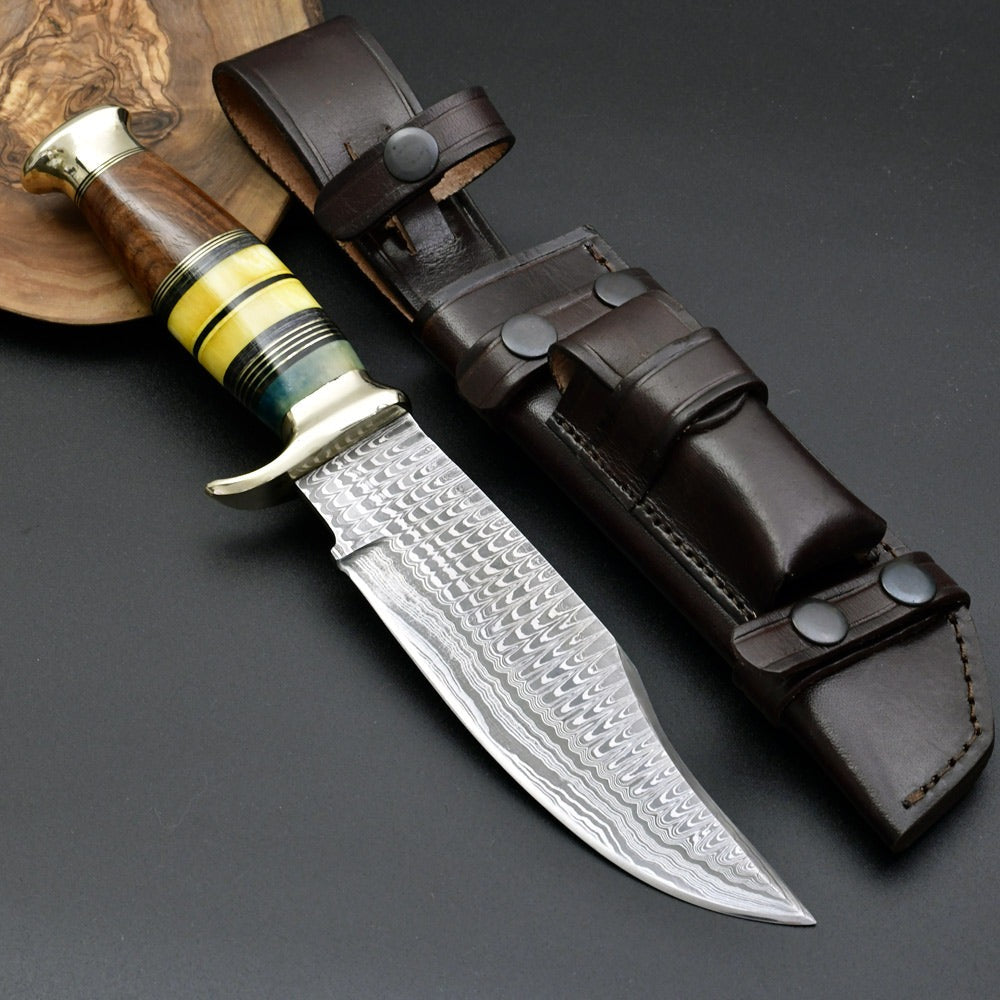

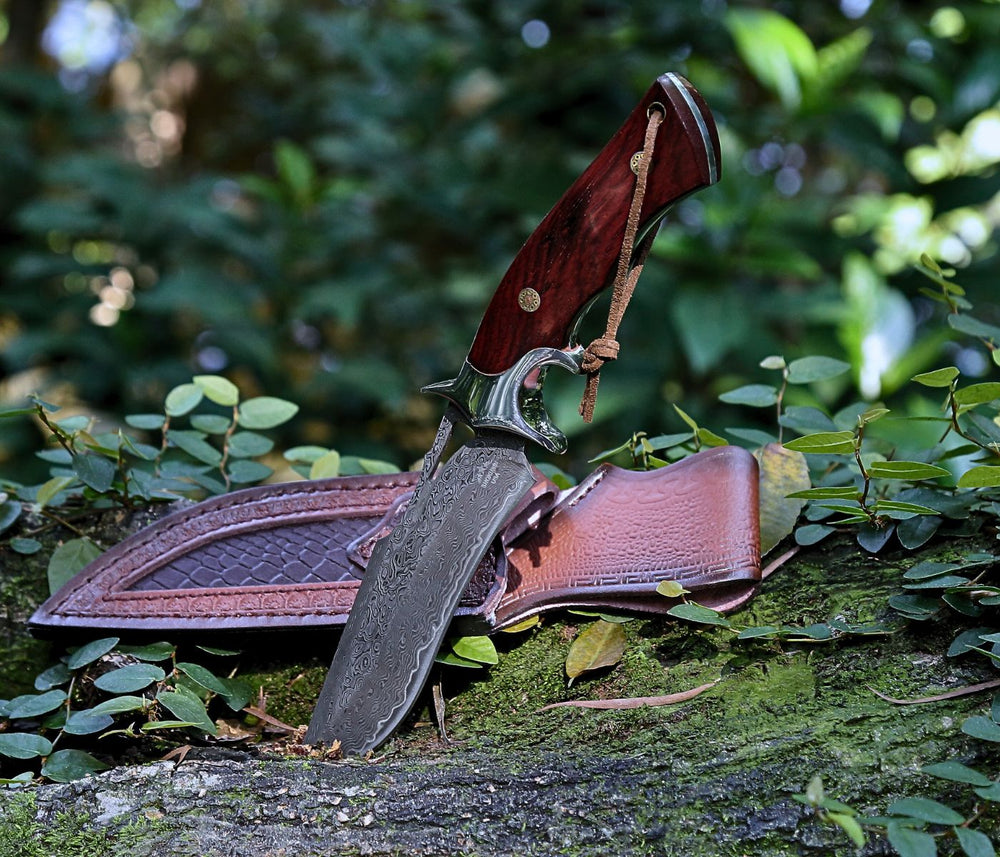
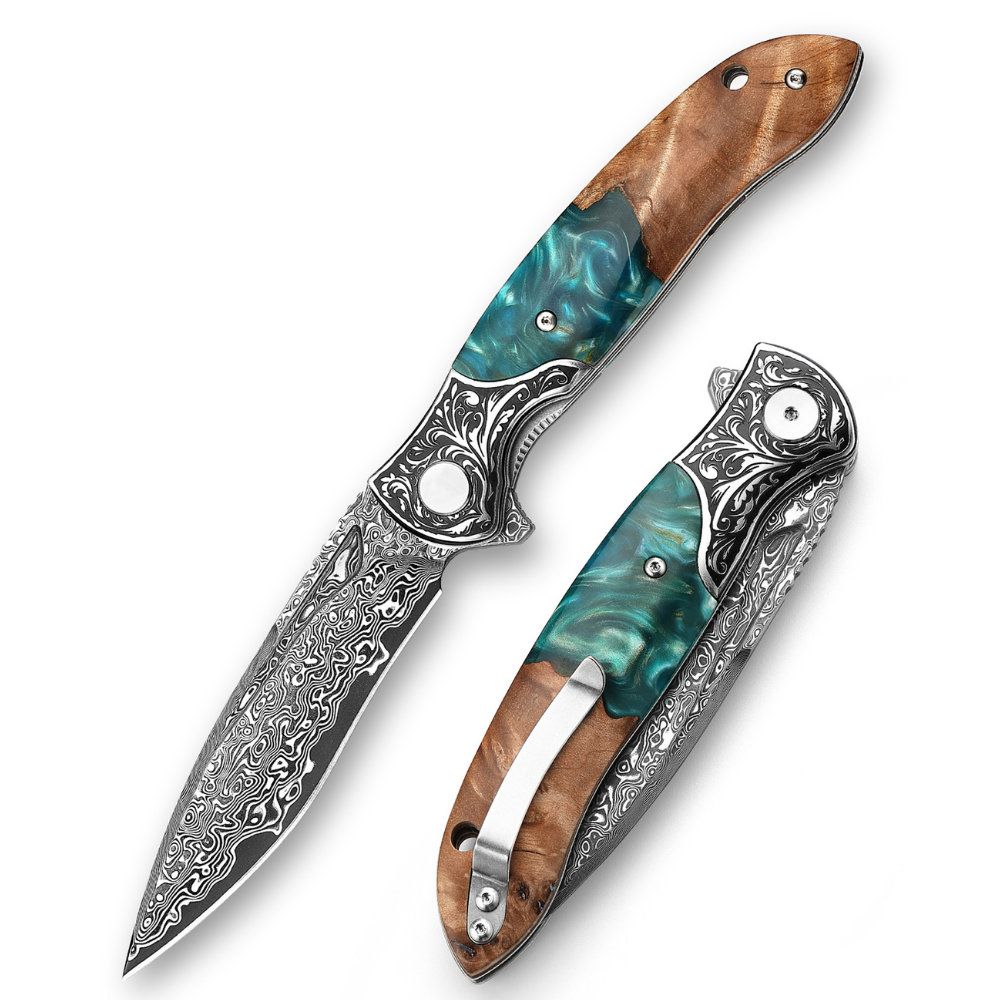
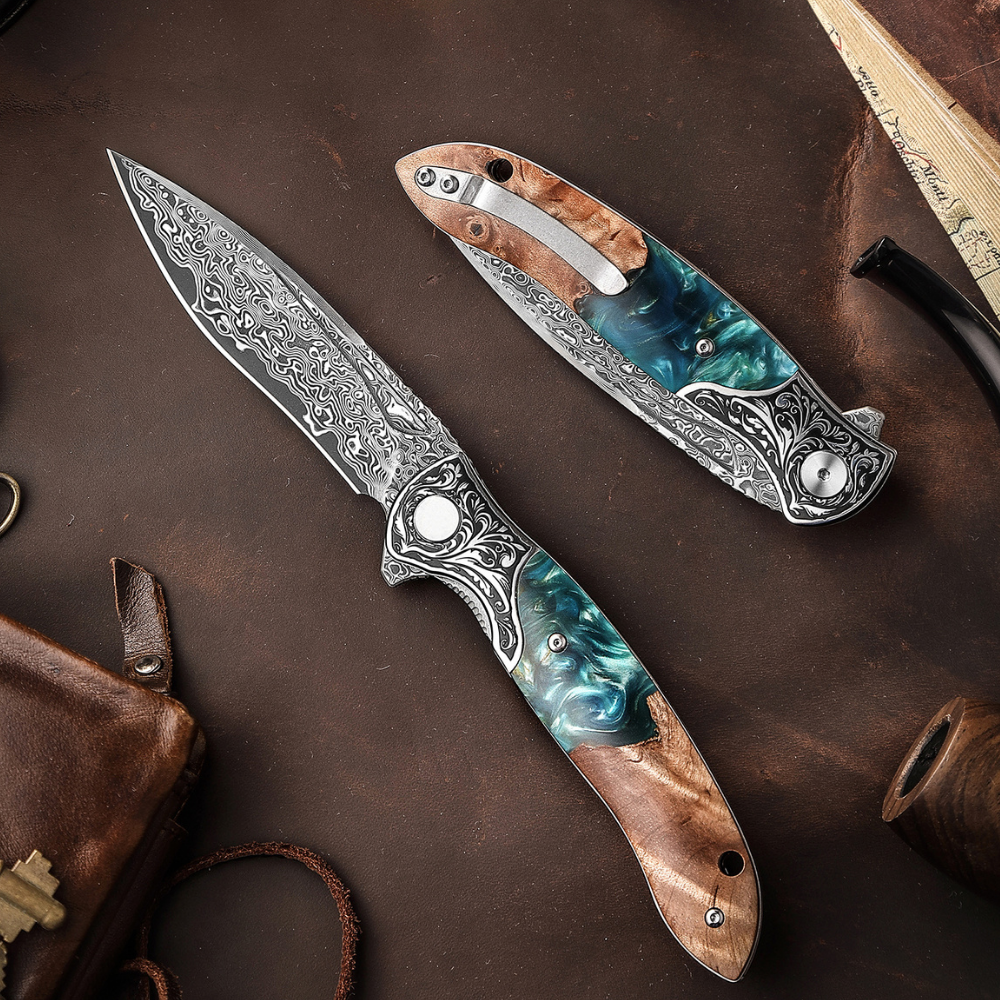
Leave a comment